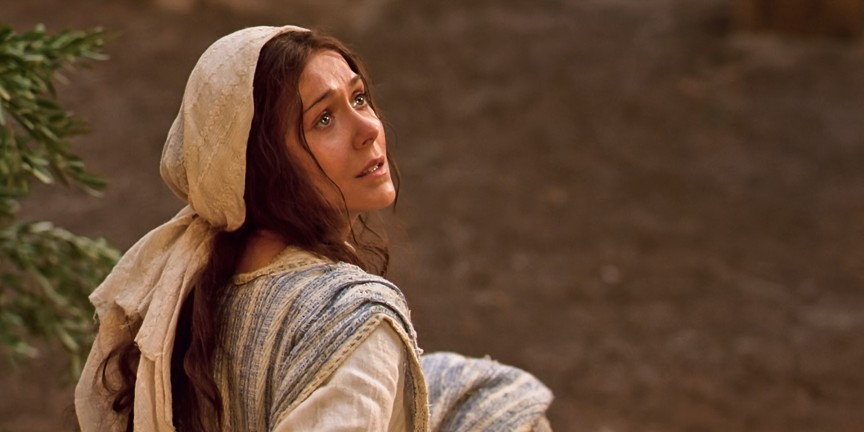
Why bother trying to bridge a divide?
Hanging with our tribe, the people who agree with our view of things, and ranting privately or publicly might feel good for a time. But righteous indignation gives way to grief and hopelessness. I don’t want to stay in that pain, and I’ll bet you don’t either.
Bridging divides begins inside ourselves.
There is a path to possibility – the possibility of connecting with someone whose perspective and beliefs differ. It begins inside of ourselves. To engage with someone on the other side of an issue about which we care deeply with curiosity rather than contempt or defensiveness requires connecting with parts of ourselves that block the resources we need for healing divides.
Consider one of the divides about which you feel most passionate, most concerned, or agitated. Turn your attention inside. What do you notice? Do you feel anger or defensiveness? Maybe you feel judgmental or certain yours is the only correct perspective. Whatever your reactions, they are there for a reason. Many of them are protective strategies adopted to shield you from vulnerability.
Protectors jump in when they fear vulnerability.
If I cringe when I hear the term “white privilege” and want to disengage from the conversation, that’s a signal to turn inside. A part of me fears I’ve done something wrong, that I’ve hurt someone, or am “bad.” If it can shut down the conversation, it can protect me from the vulnerability of remorse or shame. It means well, but when it jumps in, I am no longer present and open to listening to someone else’s story. I am not able to extend a hand to bridge the divide.
Curiosity is the resource we most need for bridging divides. It is a superpower in relationships, and our protectors block it. To release constraints to our natural curiosity, we need to connect with our protectors.
Befriending protectors opens space for curiosity.
Notice the emotions they hold or the beliefs they carry or feel them as tension in your body. Turn to them and find out what they fear will happen if you engage with a person on the other side of the divide with an open heart. Reassure them that you can handle it even if the other person is blended with their own fierce protector. Because in addition to curiosity, when your protectors relax, you will also be able to access confidence, courage, and clarity. Every time you approach a difficult conversation after connecting with your protectors, you will learn something valuable, and you will take one step toward healing a divide.
Would you like to feel empowered to take action?
Our awareness of divides has never been greater. It’s easy to be overwhelmed and frozen; we need information about what to do about them. I am excited to share a book showcasing a wide variety of organizations taking action to heal divides in effective and practical ways. How to Heal Our Divides is now available! In addition to my chapter on Healing Our Inner Divides, you’ll find essays about why healing divides matters and ways you can get involved.
When I received an early copy of the manuscript and read the essay by Diana Butler Bass, her words validated the importance of focusing on our own healing:
“When I finally admit that division isn’t just external but a way of thinking and acting that I’ve learned, it hurts. I may preach a good sermon on nonviolence or taking down the walls of hostility between people, but deep inside, I am uneasily grateful that something still separates me from others. The boundary between my moral rightness and another’s ethical failing seems necessary to protect. Those boundaries become hidden prejudices, the prejudices turn into partisanship, and all-too-often partisanship crystallizes as bigotry. For good people, this internal process can be subtle, deniable, and shameful. But it is part of our habituation into being American – a people who claim unity while building walls that divide. Why heal our divides? Because if we do, we heal ourselves.”
Amen. Practicing with you, one conversation at a time.
Learn more about How to Heal Our Divides at howtohealourdivides.com
P.S. How to Heal Our Divides was named one of the best spiritual books of 2021 by Spirituality & Practice. Read their review here.




Leave A Comment